10 Reasons Comic Book Fans Fell Out of Love With Spider-Man
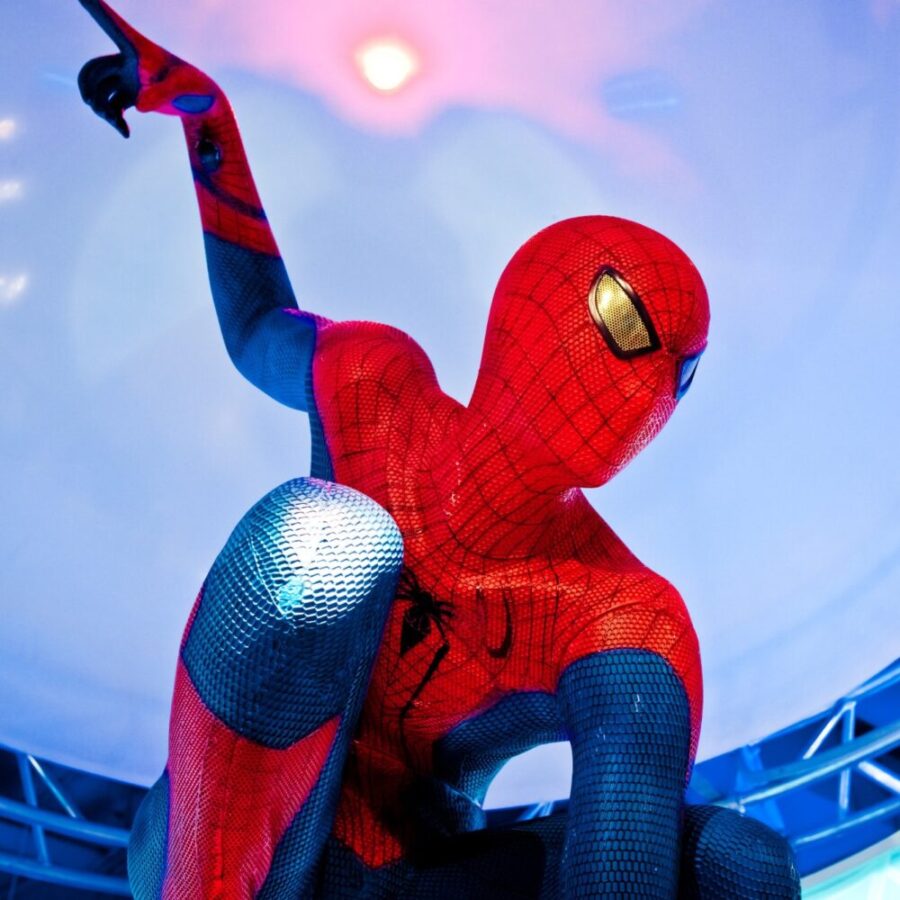
123RF
No one denies that Spider-Man is wildly popular in cartoons, video games, and live film adaptations. Still, the hardcore comic book fandom is hard to please and easy to outrage when it comes to Spider-Man comics. Comic book fans have been frustrated with Spider-Man comic book stories since the early 1990s.
Marvel Comics as a publisher has been creatively bankrupt for decades trying to sell Spider-Man stories to aging demographics that can’t relate to the character anymore.
Fans have vilified half-baked, unimaginative, and odd Spider-Man stories for decades. It’s taken a toll on the character’s comic book reputation. Here are 10 reasons comic book fans fell out of love with Spider-Man.
1. Stagnant Status Quo
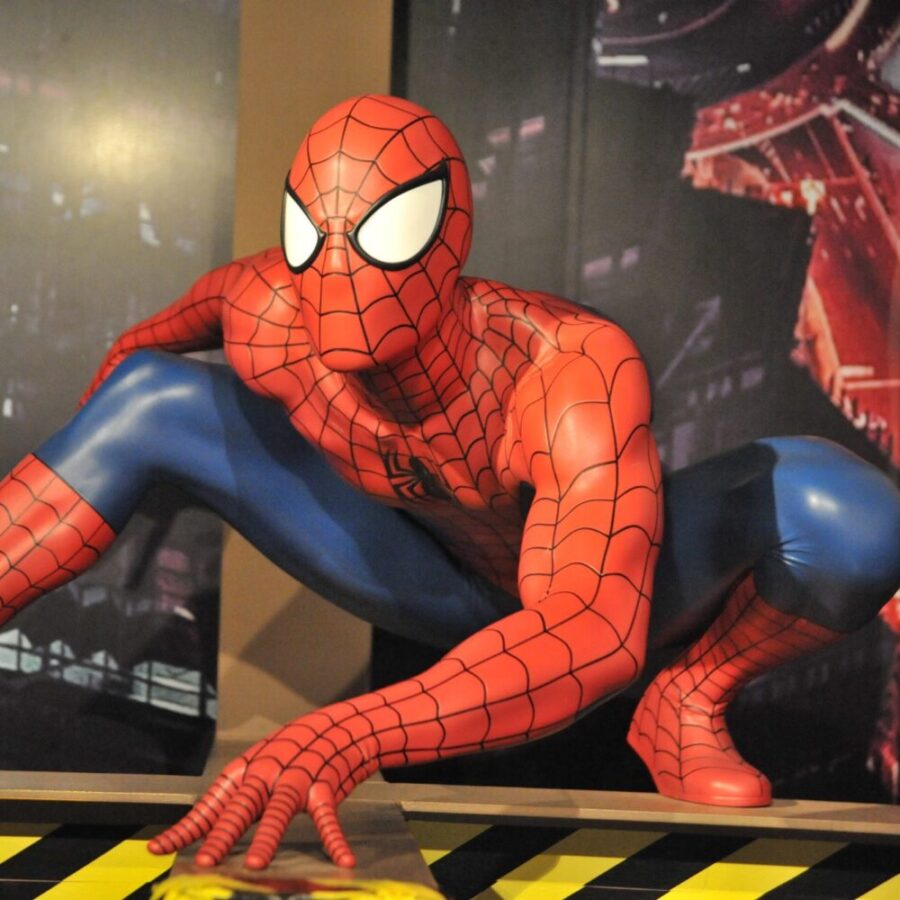
123RF
Spider-Man debuted in Amazing Fantasy #15 in 1962. Peter Parker was conceived as a broke teenager, down on his luck, and struggling date. Even though Parker has aged up to be an adult in the comic books, his status quo has not changed much. Peter Parker is a genius-level intellect and scientist who developed his own web shooters.
He has super strength and can lift hundreds of tons. He’s an Avenger. Still, his status quo is that he always lives in Queens, NY, sometimes works for the Daily Bugle, is always broke, and has bad luck with women. Almost every kind of Spider-Man story like this has been told since 1962 and Marvel has had a hard time reinventing the wheel.
2. Perennial Bad Luck With Women
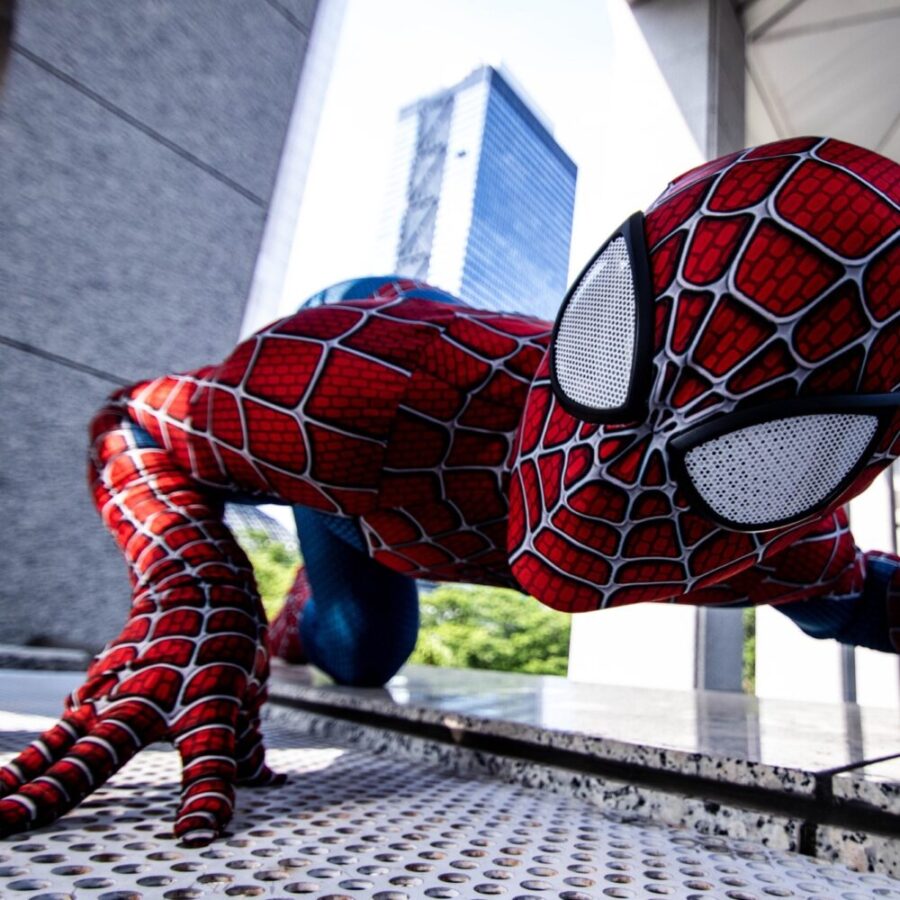
123RF
Gwen Stacy, Peter Parker’s first love, died in The Amazing Spider-Man #121 in 1973. Parker then became involved with Mary Jane Watson, his most famous significant other. When Parker and Mary Jane are not together, he occasionally hooks up with Felicity Hardy, the high-class criminal known as Black Cat.
Except for Mary Jane, Parker has never had any lasting relationships with women. His status quo as a character always reverts him back to a down-on-his-luck bachelor. The character never matured or expanded upon being a broke, likable, Queens-based loser. Marvel married Peter off in the 1980s, which frustrated comic book fans even more.
3. Peter Marries Mary Jane

DALL-E
Mary Jane and Peter got married in The Amazing Spider-Man Annual #21 in 1987. Critics and comic book fans complained that this creative decision created new a status quo-type rut for Peter and Mary Jane. Spider-Man became, “Married Guy,”, a superhero worried about marriage instead of being Spider-Man. Mary Jane now became a wife worried about Peter instead of a girlfriend worried about Peter.
Some critics believed that as Parker was aged up to adult age in the 1980s, his writers, adult men in marriages or long-time relationships, projected their personas onto the character. Peter’s status quo somehow became more limited as a married man, not more expansive as a superhero.
4. The Clone Saga
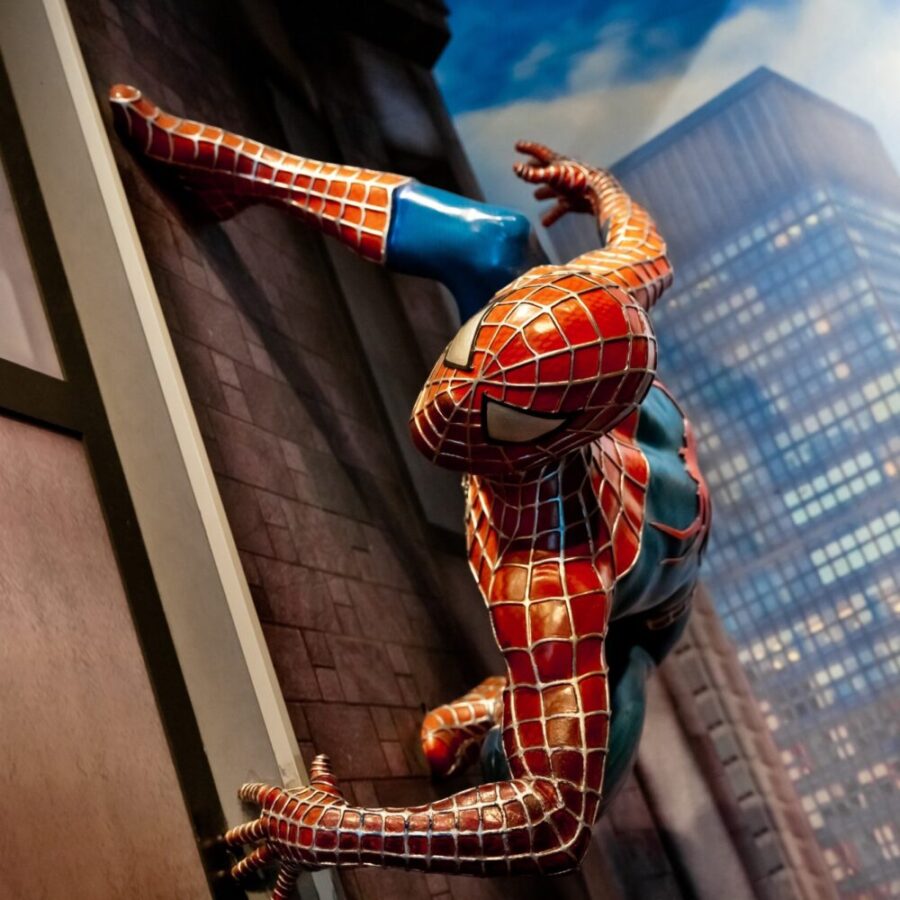
123RF
“The Clone Saga,” was a mid-1990s event. Marvel ran out of ideas for Peter and wanted to retire the character. It is one of the most hated storylines ever. Peter learns he is a long-time clone of the real Peter Parker, a man named Ben Reilly. Reilly assumes the Spider-Man persona while Peter and a pregnant Mary Jane leave to live a normal life.
Comic book fans of the era revolted and Marvel backtracked. It’s revealed that Norman Osborn, The Green Goblin, tricked Peter into believing he was a clone. It’s implied that Osborn caused Mary Jane’s later miscarriage. The reversal to the status quo was hated more than the story.
5. The Devil Erases Spider-Man’s Marriage

DALL-E
Comic book fans consider this the most hated storyline ever. Peter’s married life had grown stagnant. Marvel wanted to make him young and relatable again and came up with a ridiculous way to do this. In 2007’s “One More Day,” event, Aunt May is shot. Peter makes a deal with Mephisto, Marvel’s version of the Devil, to save her.
Mephisto agrees to save Aunt May only if Peter and Mary Jane agree to allow him to magically erase their marriage from existence. Critics hated the story and resented Marvel using magic in a science-based comic to erase a 20-year-old marriage to make Peter cool again. It was seen as a desperate ploy to reset a status quo that alienated long-time comic book fans who had stuck it out.
6. Dr. Octopus Is a Better Spider-Man
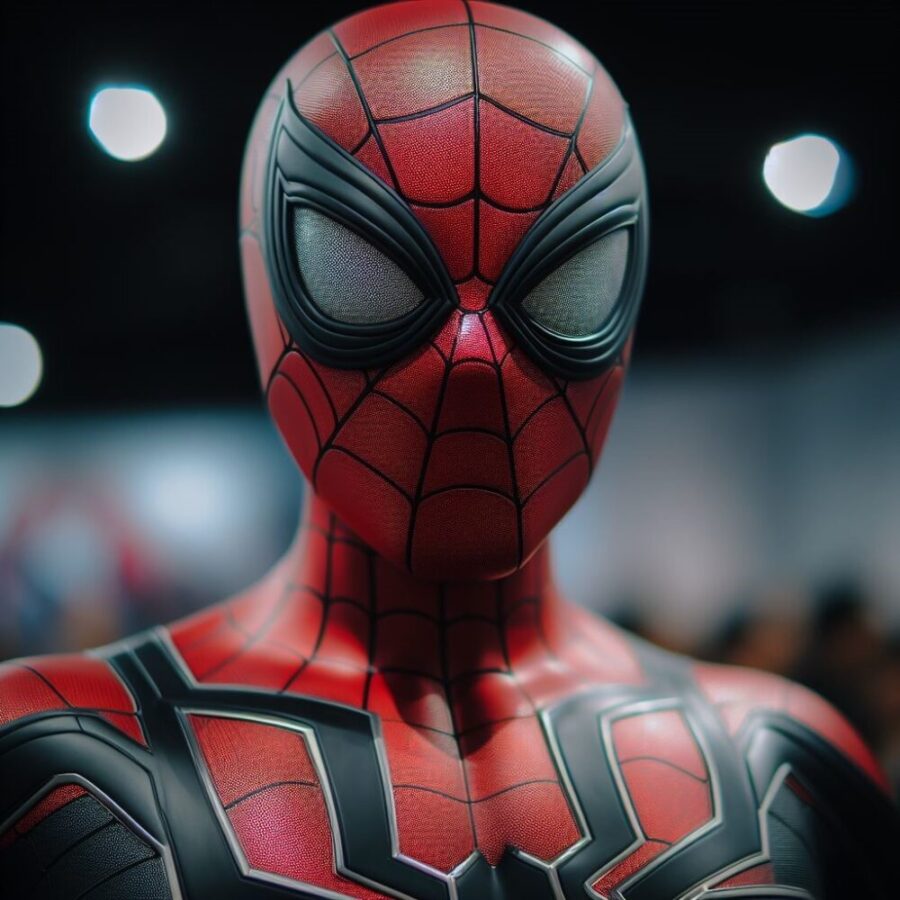
DALL-E
In 2013, Marvel killed Peter. Dr. Octopus’ mind was uploaded into Peter’s body. He vowed to become a better Spider-Man. Marvel published Superior Spider-Man for two years. The stories featured Dr. Octopus as a more tactical and brutal Spider-Man. He had drones surveilling the city for crimes and opened a tech corporation called Parker Industries to further his ideals. The series was very popular but raised uncomfortable questions about Peter Parker.
Why wasn’t Parker the Superior Spider-Man instead? The longer Superior Spider-Man existed, the less vital Peter became. Peter was soon resurrected and the status quo reverted again. Comic book fans wondered how is it that the best Spider-Man comic in decades didn’t even need Peter Parker in it to succeed.
7. The Green Goblin Terrorizes and Helps Peter
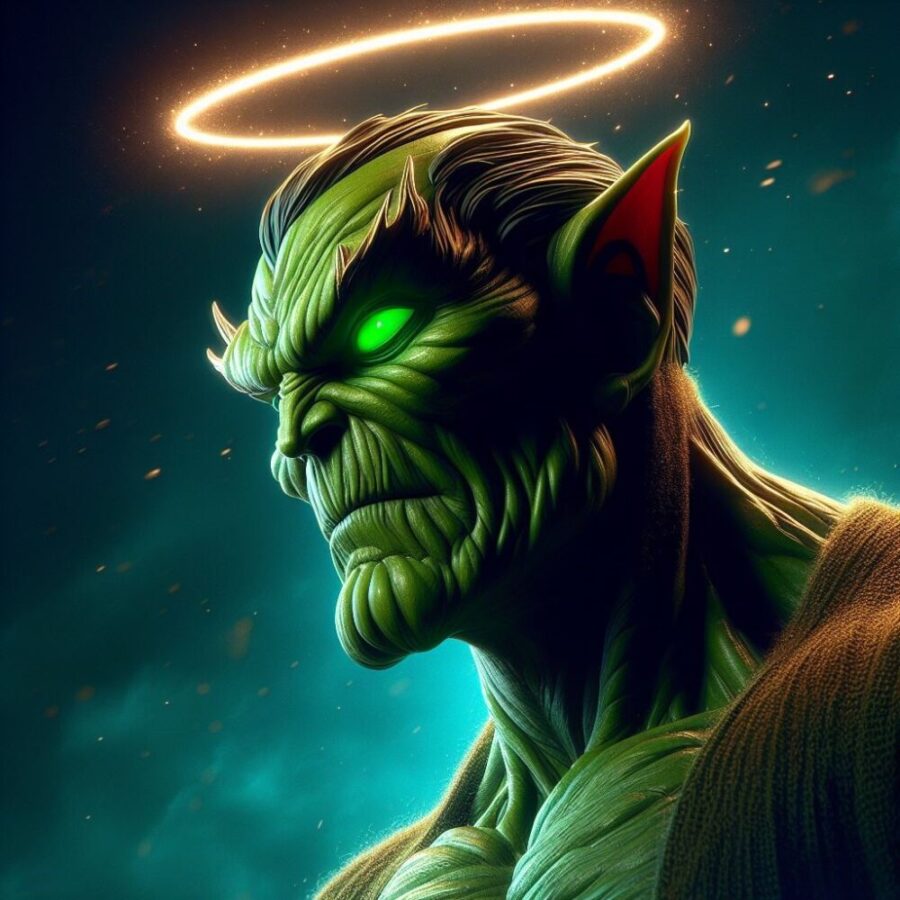
DALL-E
Norman Osborn, The Green Goblin, is a vile character who torments Peter. He is also sometimes portrayed as a mentor and ally in inappropriate tonal shifts. Osbron murdered Peter’s first love, Gwen. It’s implied that Osborn was responsible for Mary Jane’s miscarriage. In the story “Sins Past,” it was revealed that long ago Gwen Stacy cheated on Peter with Normon and became pregnant with twins. Norman now retroactively killed Gwen, and their unborn twins, in 1973’s The Amazing Spider-Man #121 to protect the Osborn legacy.
Gwen’s twins later became Spider-Man foes.“Sins Past,” was retconned in 2021 to erase this. In current Spider-Man stories, Osborn is a mentor and ally to Peter. Peter is broke, so Norman lends him resources and even costumes to fight as Spider-Man. Comic book fans can’t reconcile the sordid history between the two to appreciate such stories.
8. Miles Morales Usurped Peter Parker’s Popularity
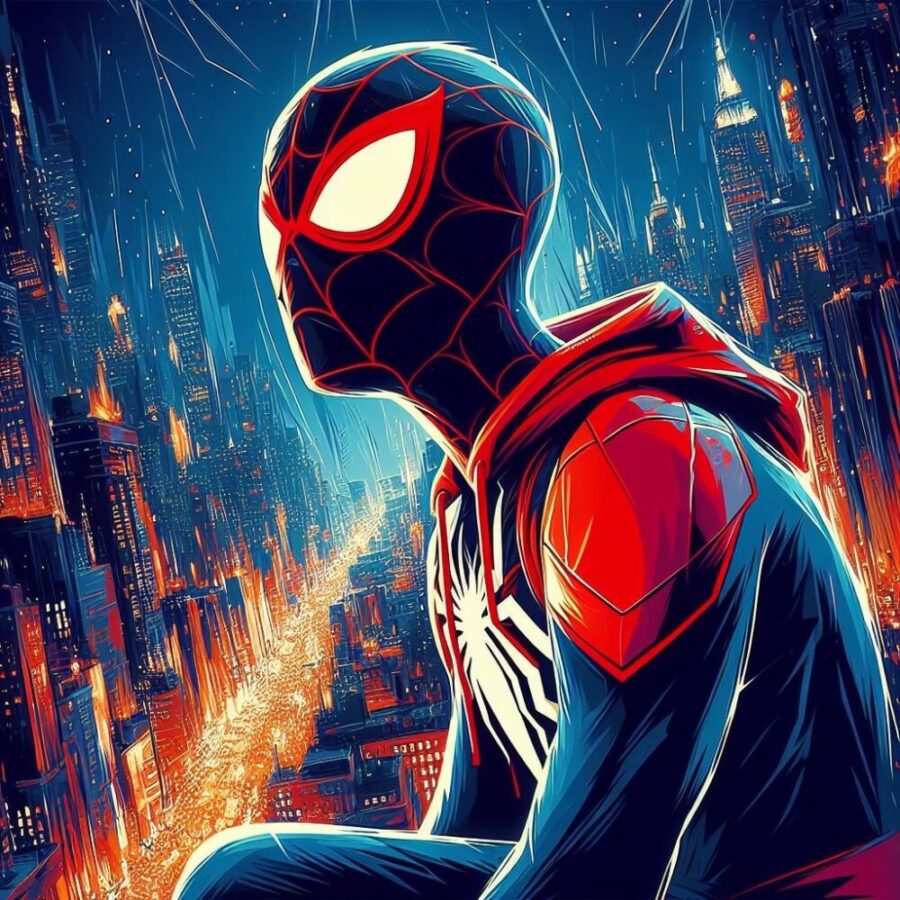
DALL-E
Miles Morales has become ubiquitously popular among comic book fans. Some online gamers consider Morales to be the prime Spider-Man, not Peter Parker. 2018’s Spider-Man: Into The Spider-Verse and 2023’s Spider-Man: Across The Spider-Verse made Morales a household name and a more relatable Spider-Man than Parker.
In both films, Parker is an out-of-shape, old, and past-his-prime mentor helping Morales. Parker is the supporting character, not the star, in the most popular Spider-Man animated films ever. It’s a fact that doesn’t augment Peter’s relevancy to modern fans.
9. Too Many Spider-Man Variants

123RF
The Spider-Verse films are inspired by Edge of Spider-Verse comics that Marvel has been publishing since 2014. Edge of Spider-Verse comics features endless multiverse variants of Spider-Man like Pter Ptarker, a dinosaur Spider-Man, Web Weaver, an LGTBQ version of Spider-Man, a punk-rock version called Spider-Punk, and too many more to count. Marvel is more focused on creating a million Spider-Man variants than improving the original for modern comic book fans.
10. Peter and Mary Jane Broke Up Again

DALL-E
Although Peter and Mary Jane’s marriage was retroactively erased in 2007’s “One More Day,” the couple still dated. In current storylines, Peter and Mary Jane went to another dimension and got separated. Peter returned alone. Broke and without resources, he alienated friends and allied himself with Norman Osborn as a benefactor while trying to find Mary Jane again.
Mary Jane reappeared with a new man, Paul, and two children. Comic book fans were disappointed with the tacky, unimaginative story and odd characterizations.
Comic Book Fans Want Great Spider-Man Stories

123RF
Spider-Man is a multi-billion-dollar IP. It’s never going to lose popularity as a pop culture icon. Still, most modern comic book fans have never read a comic book but readily consume comic book-adapted video games, toys, cartoons, TV shows, and films.
Comic books will not disappear, but they have waned in popularity in recent decades. If publishers don’t incrementally revitalize characters for modern audiences as needed, like Spider-Man, then such trends may continue.
Read More
10 Cinematic Universe Attempts to Copy the MCU That Failed Miserably
11 Reasons Why Batman is a Menace, Not a Superhero

Allen Francis is a full-time writer, prolific comic book investor and author of The Casual’s Guide: Why You Should Get Into Comic Book Investing. Allen holds a BA degree from Marymount Manhattan College. Before becoming a writer Allen was an academic advisor, librarian, and college adjunct for many years. Allen is an advocate of best personal financial practices including saving and investing in your own small business.

